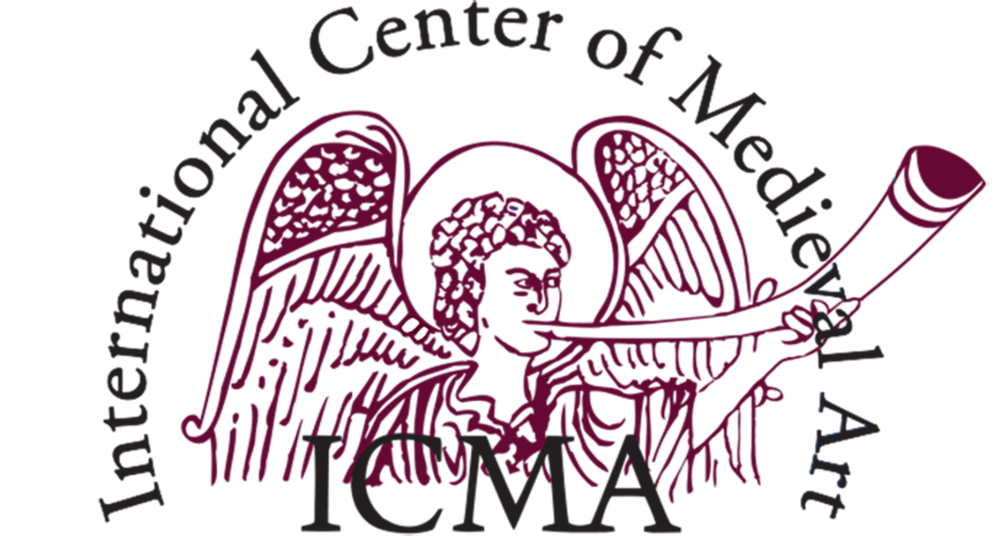Call for Papers
CONGRESO INTERNACIONAL
'Instrumenta altaris': Los objetos rituales y sus imágenes para la liturgia medieval/Ritual Artefacts and Their Images for Medieval Liturgy
Universidad Rey Juan Carlos, Campus de Madrid
20-22 January 2026
Quintana Organized by Project Thesauri Rituum
Due 1 October 2025
In the Middle Ages, Christian liturgy was far more than a sequence of prayers and ceremonies: it structured religious practice, shaped sacred space, and gave material form to the expression of faith. Objects, vestments, and books played a central role in this framework, endowed with a visual, tactile, and symbolic language that embodied the theology of the sacred. The International Conference Instrumenta altaris: Ritual Artefacts and Their Images for Medieval Liturgy seeks to refocus attention on the material dimension that, throughout the medieval centuries, rendered the invisible visible and preserved —often in fragmentary form— a tangible legacy of devotion.
For several decades, medieval art historiography has moved towards a reassessment of what was once pejoratively labelled as “minor arts”, no longer regarded as decorative appendices to the dominant monumental tradition, but as essential components for understanding the spaces, gestures, and imagery that shaped Christian liturgy. This shift owes much to the work of scholars such as Colum Hourihane, Eric Palazzo, Cécile Voyer, Klaus Gereon Beuckers, and Elisabeth Crouzet-Pavan, who have drawn attention to the luxurious, performative, and sensory dimensions of medieval liturgical art.
Organised by the research project Thesauri Rituum at Rey Juan Carlos University (Madrid), this conference focuses on three main categories of liturgical artefacts: ritual objects —sacred vessels, reliquaries, crosses, censers— whose craftsmanship reveals a theology of materials; sacred vestments, textiles that not only clothed liturgical ministers but transformed them into figures of transcendence endowed with graces bestowed through ordination; and liturgical books, often illuminated manuscripts, which contained not merely the order of prayer but a spiritual choreography of Christian time. These elements were not autonomous but interdependent, belonging to a practice in which art was not simply contemplated, but activated and handled within liturgical performance —something difficult to reconstruct solely from written sources.
The International Conference Instrumenta altaris: Ritual Artefacts and Their Images for Medieval Liturgy is therefore also an invitation to reconsider the status of medieval art through the vitality of liturgical practice. It calls for a dialogue between form and function, between aesthetics and rituality, between the history of images and the presence of objects. This approach reflects a historiographical sensibility that no longer accepts the nineteenth-century hierarchy between the “major arts” and objects of worship, but instead pays renewed attention to those voices excluded from traditional academic classifications. For in the Middle Ages, the sacred was not confined to grandeur; it was equally revealed in the refinement of the minute and in the quiet eloquence of material signs that accompanied each rite, gesture, and ceremony.
Key Dates Summary
Deadline for presentation proposal submissions: October 1, 2025
Notification of acceptance: November 1, 2025
Early registration deadline: November 15, 2025 *
Congress dates: January 20-22, 2026
For more information on the preferred thematic lines, abstract guidelines, and travel grant information, click here.

